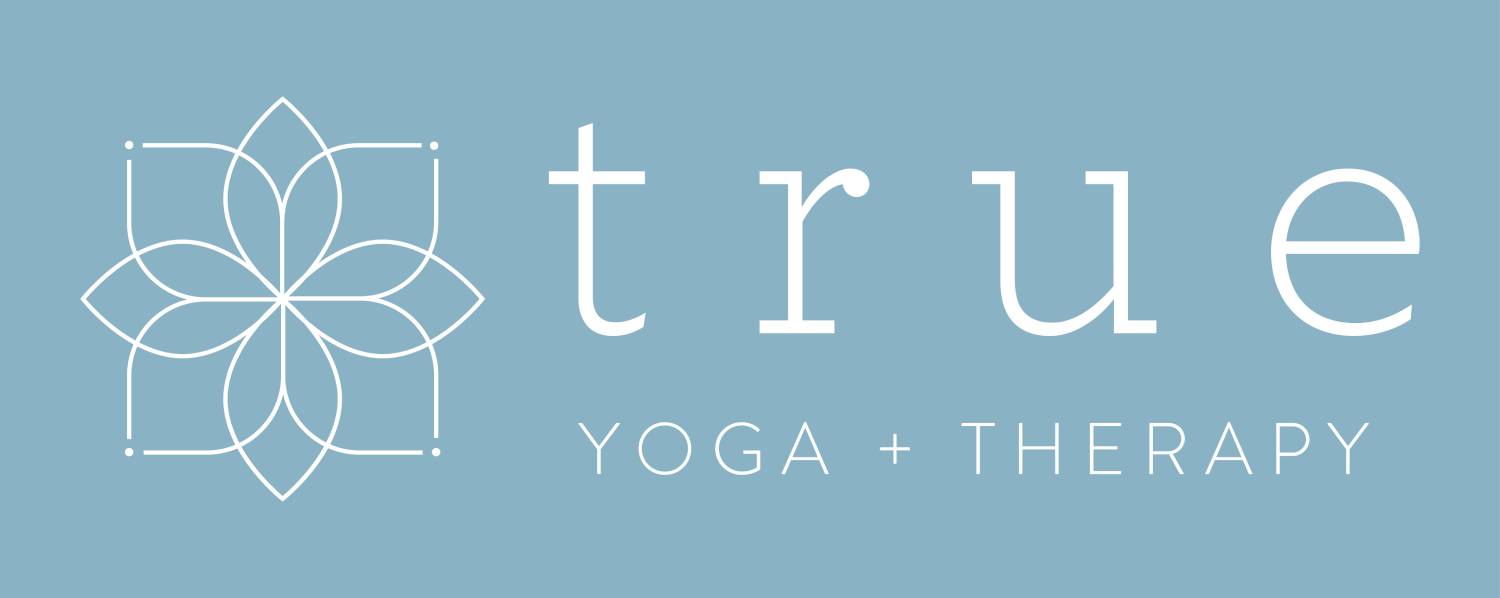Trauma and post-traumatic stress disorder (PTSD) can have profound effects on an individual’s mental, emotional and physical well-being. Mind-body therapy, such as the approach used by True Yoga Therapy, offers a comprehensive and holistic way to address these complex issues. This blog post will explore the ways in which mind-body therapy can be used to address trauma and PTSD, including specific practices that help with grounding, mindfulness and self-regulation. It will also discuss how mind-body therapy can be integrated with other forms of therapy for a more comprehensive approach to healing.
Grounding Techniques for Trauma and PTSD
Grounding techniques are crucial in helping individuals who have experienced trauma or are living with PTSD to reconnect with their bodies and the present moment. These practices help to anchor the individual in the here and now, providing a sense of safety and stability. Some effective grounding techniques include:
Deep Breathing: Focusing on slow, deep breaths can help to calm the nervous system and reduce anxiety. Breathing exercises can also help to regulate the heart rate and promote relaxation.
Progressive Muscle Relaxation: This technique involves tensing and relaxing various muscle groups throughout the body, which can help to release tension and promote a sense of calm.
Sensory Awareness: Engaging in activities that stimulate the five senses, such as listening to soothing music, smelling a pleasant scent, or holding a comforting object, can help to ground individuals and bring them back to the present moment.
Mindfulness Practices for Trauma and PTSD
Mindfulness practices can help individuals to cultivate awareness of their thoughts, emotions, and bodily sensations. This increased self-awareness can lead to greater self-regulation and a reduced likelihood of being overwhelmed by traumatic memories or triggers. Some mindfulness practices that can be beneficial for those dealing with trauma or PTSD include:
Meditation: Regular meditation practice can help to improve focus, reduce stress and increase emotional resilience.
Mindful Movement: Engaging in mindful movements, such as gentle stretching or walking, can help to connect the body and mind, promoting relaxation and self-awareness.
Journaling: Writing about thoughts and feelings can be a powerful way to process emotions and gain insight into personal experiences.
Integrating Mind-Body Therapy with Other Forms of Therapy
For a comprehensive approach to healing, it is often helpful to combine mind-body therapy with other forms of therapy. True Yoga Therapy offers an integrated approach, recognizing that each individual’s path to healing may involve a variety of therapeutic modalities. Some therapies that can be effectively combined with mind-body therapy include:
Cognitive Behavioral Therapy (CBT): CBT focuses on identifying and changing negative thought patterns and behaviors, helping individuals to develop healthier coping strategies.
EMDR (Eye Movement Desensitization and Reprocessing): EMDR is a specialized therapy that uses bilateral stimulation, such as eye movements or tapping, to help individuals process and integrate traumatic memories.
Somatic Experiencing: This therapy addresses the physical effects of trauma on the body, helping individuals to release trapped energy and restore balance to the nervous system.
In conclusion, mind-body therapy offers a holistic approach to addressing trauma and PTSD, providing individuals with tools for grounding, mindfulness and self-regulation. By integrating these practices with other forms of therapy, individuals can experience a more comprehensive path to healing. To learn more about the services offered by True Yoga Therapy, visit their website and explore how their approach can support your journey toward healing and recovery.

